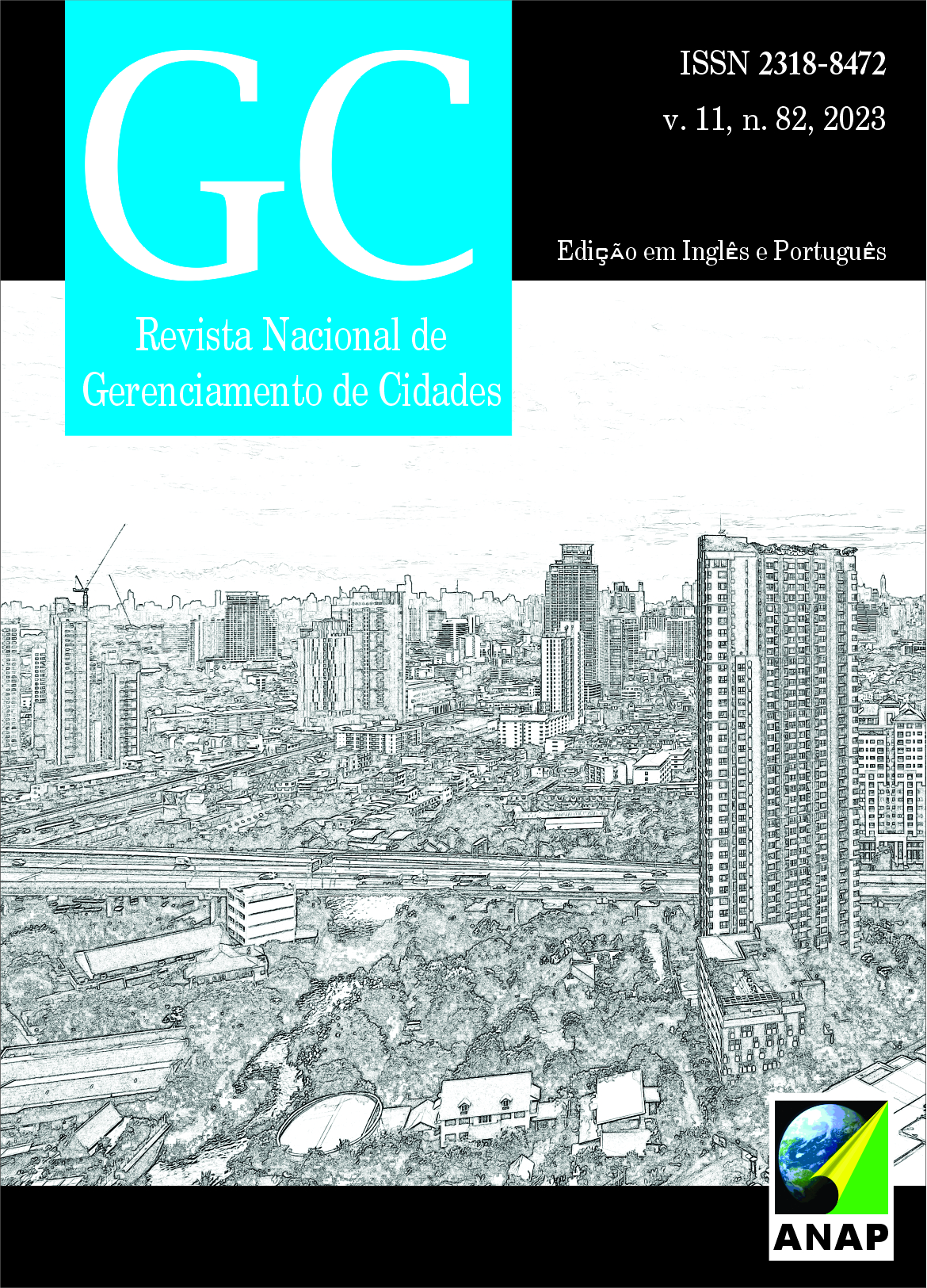Disposal and reuse of residuals produced at Water Treatment Plants in the Paraíba do Sul River basin
DOI:
https://doi.org/10.17271/23188472118220233225Resumen
Population growth increases demand for potable water, which increases the generation of residuals at the Water Treatment Plants (WTPs). During its treatment, water needs to undergo a series of processes that create residuals that must be well managed to avoid environmental impacts. This study analyses the residuals generated at the Paraiba do Sul River basin. We consulted more than 70 documents to identify the plants located in 57 municipalities along the basin. The plants were classified according to the type of water treatment used. We mapped four possible ways to reuse and dispose the residuals in an environmentally friendly way at nurseries, ceramic industries, Sewage Treatment Plants (STPs), and landfills. The results indicate that from the total of WTPs found in the basin, more than 90% produce some waste and that only 7% treat them accordingly. We located more than 200 places as alternative sites for the residuals. From the municipalities analysed, more than 80% could reuse or correctly dispose such residuals when considering at least one of the solutions provided.
Descargas
Descargas
Publicado
Número
Sección
Licencia
Derechos de autor 2023 Revista Nacional de Gerenciamento de Cidades

Esta obra está bajo una licencia internacional Creative Commons Atribución-NoComercial-CompartirIgual 4.0.














